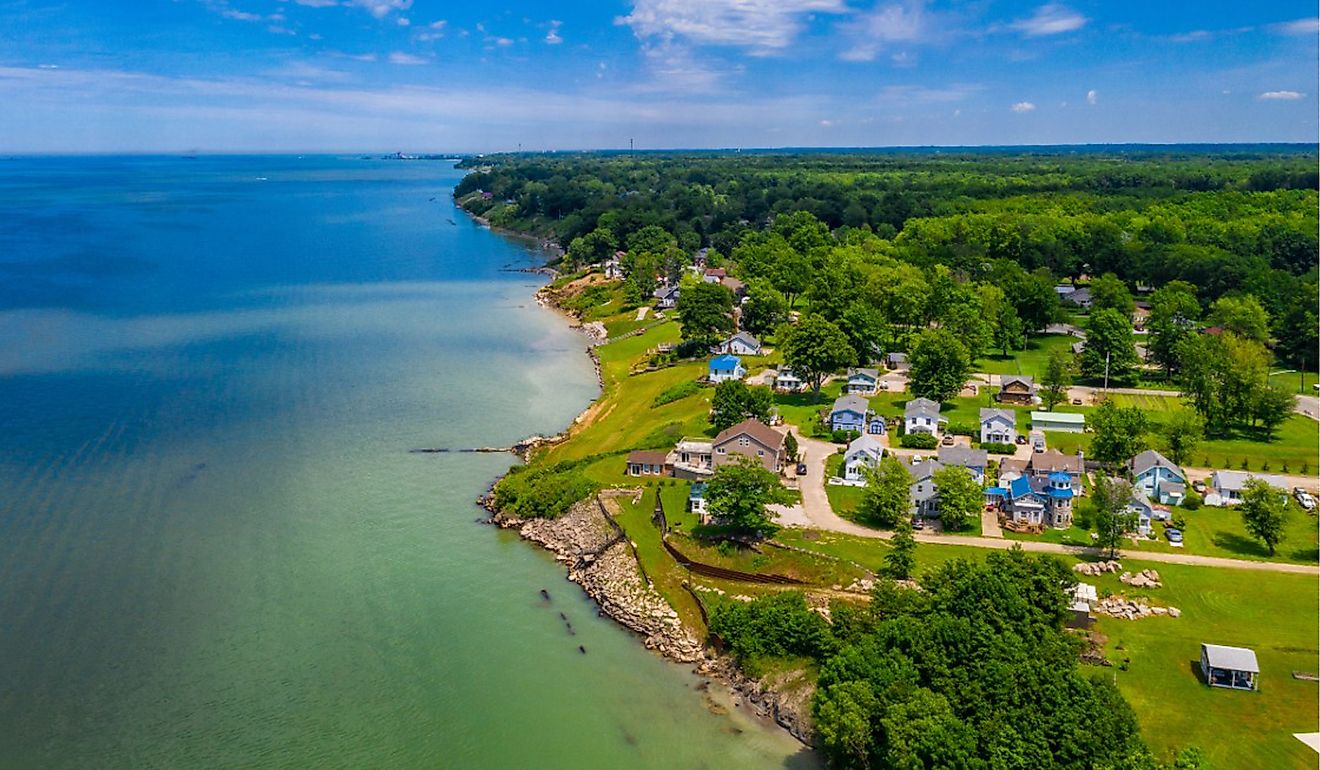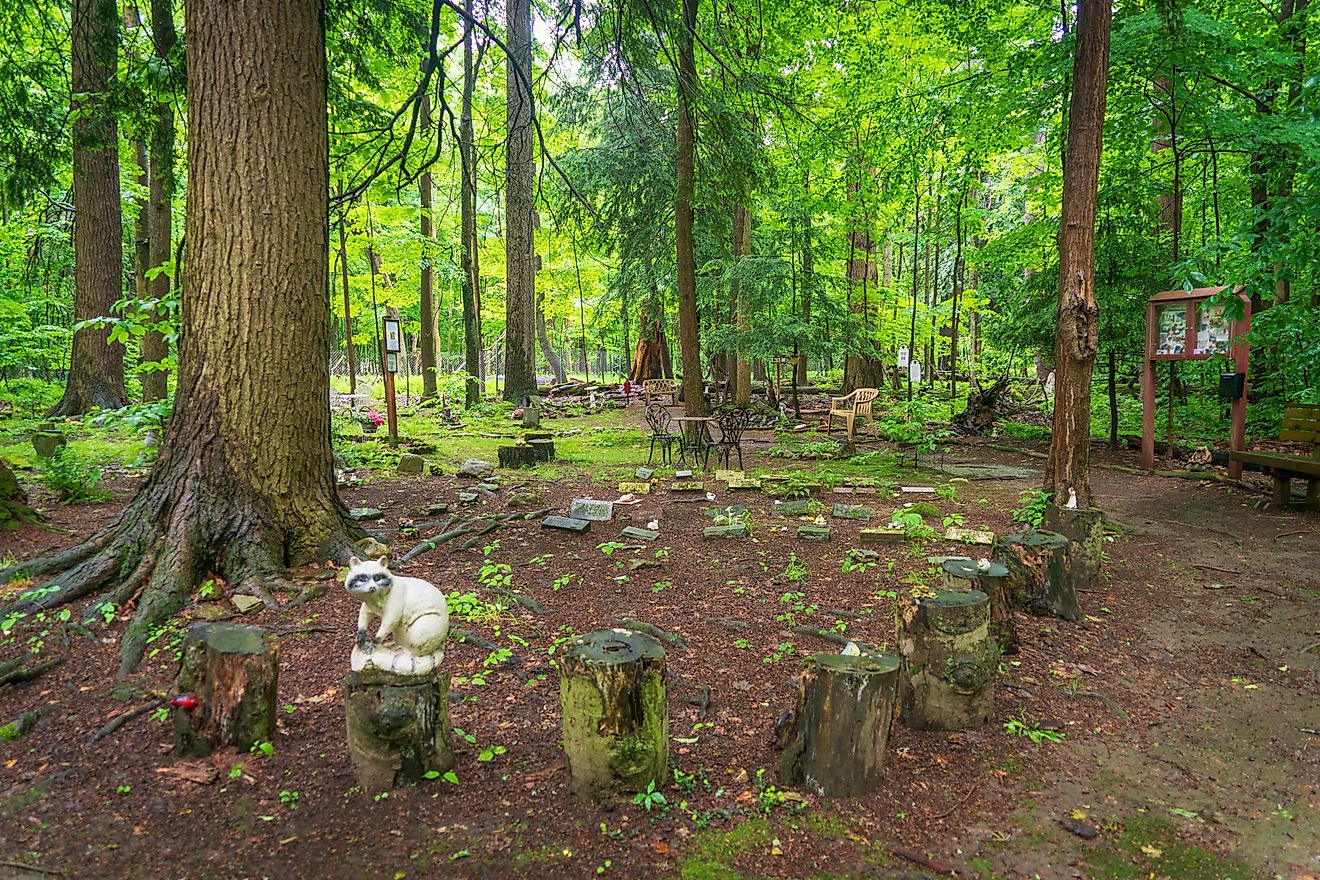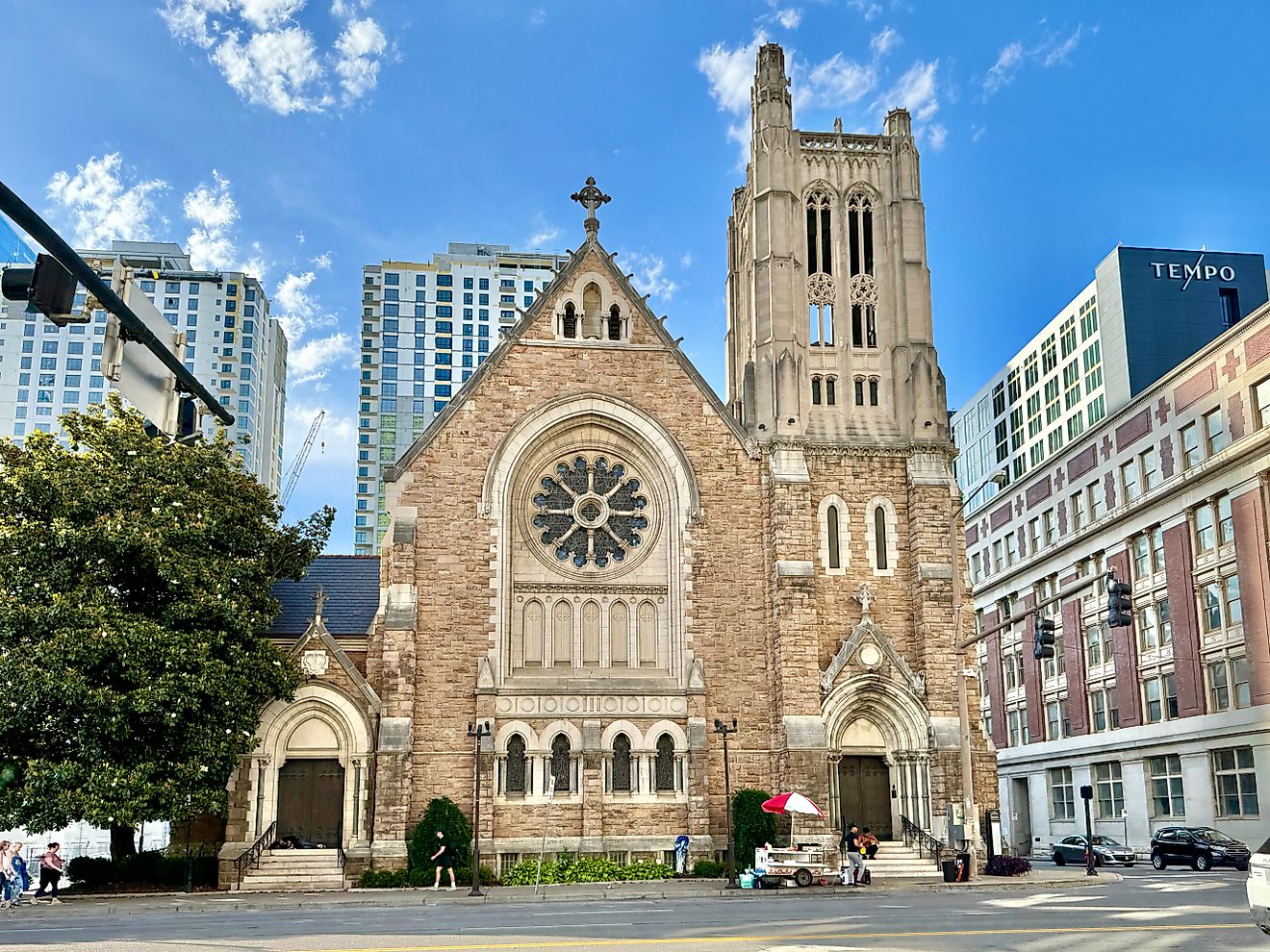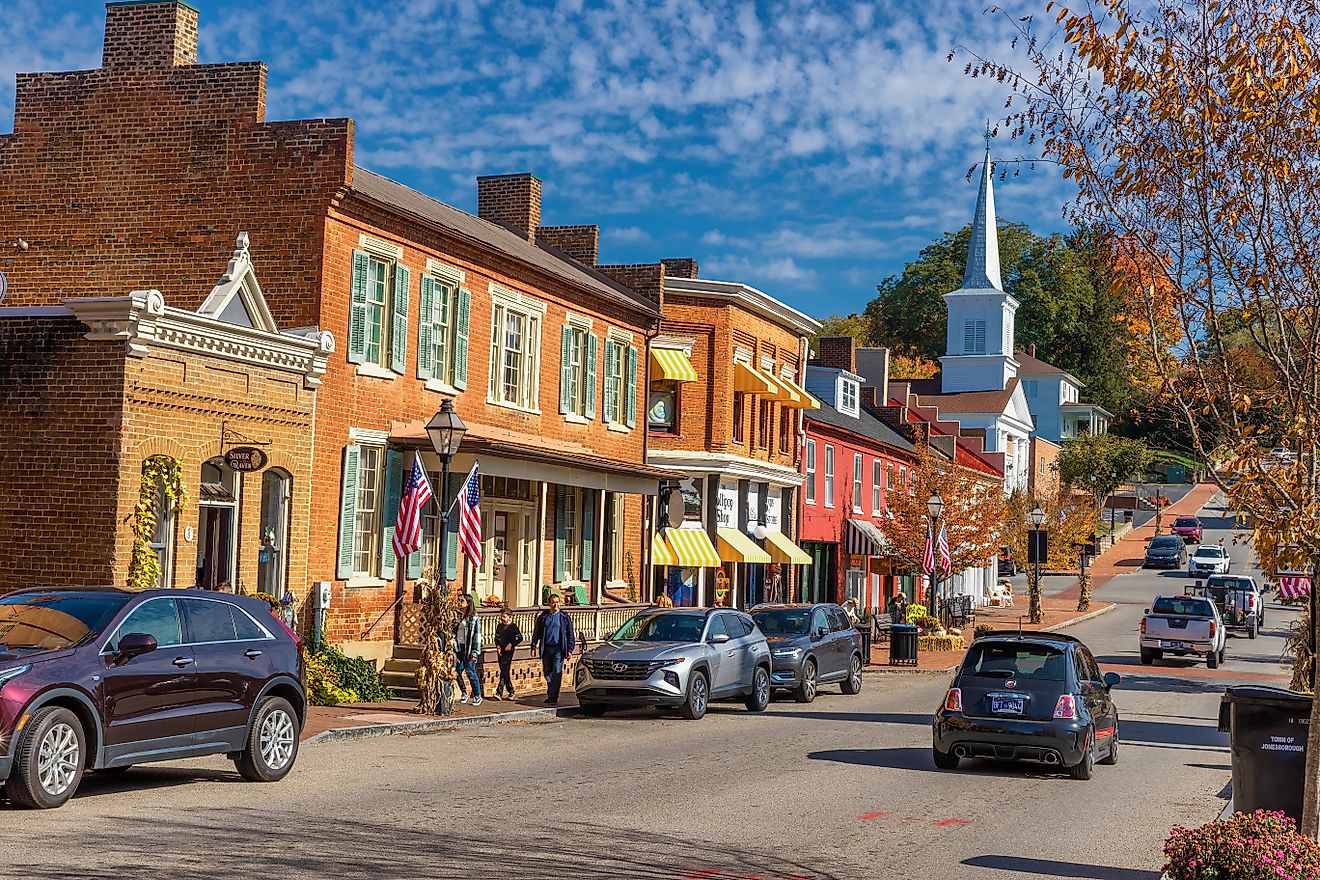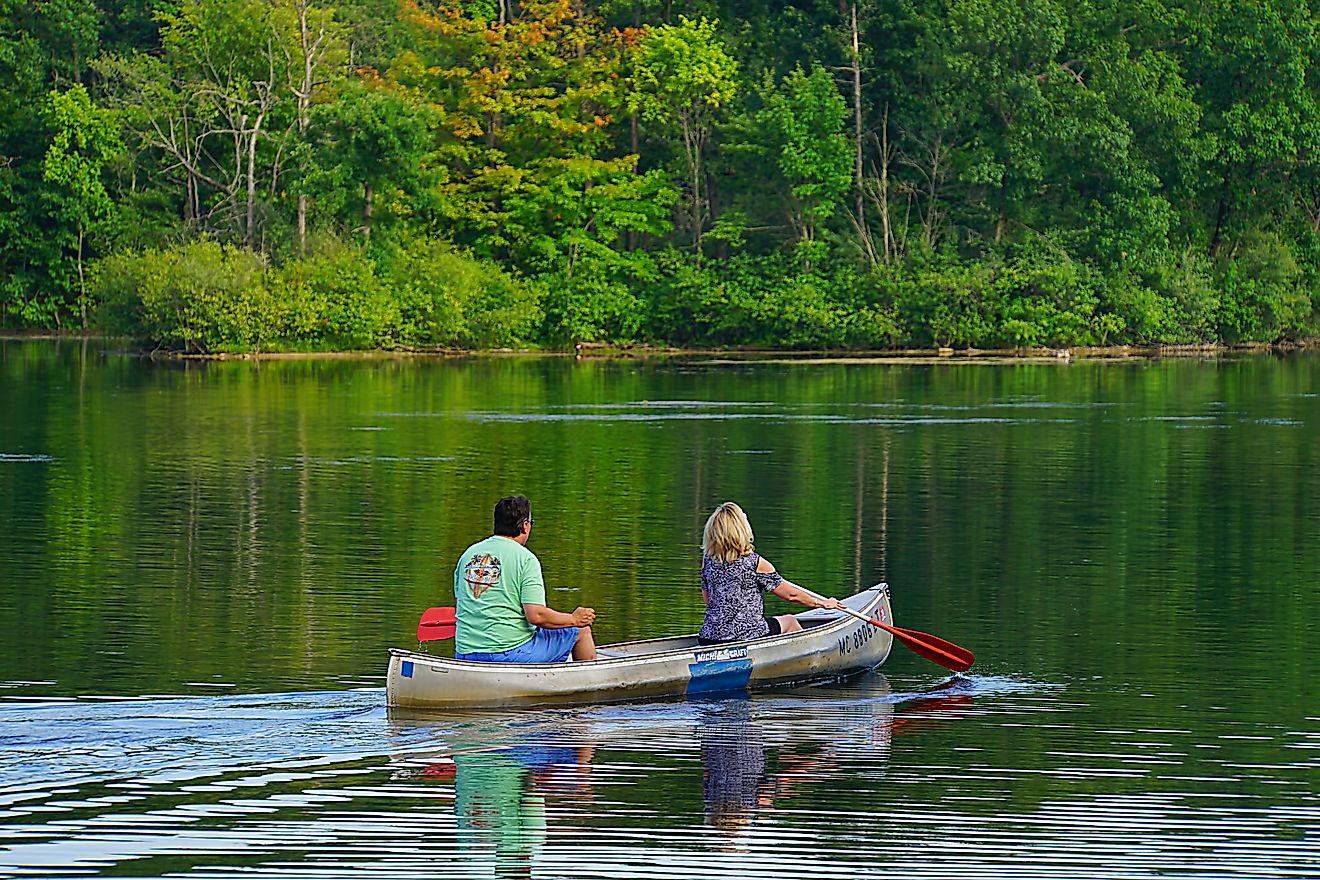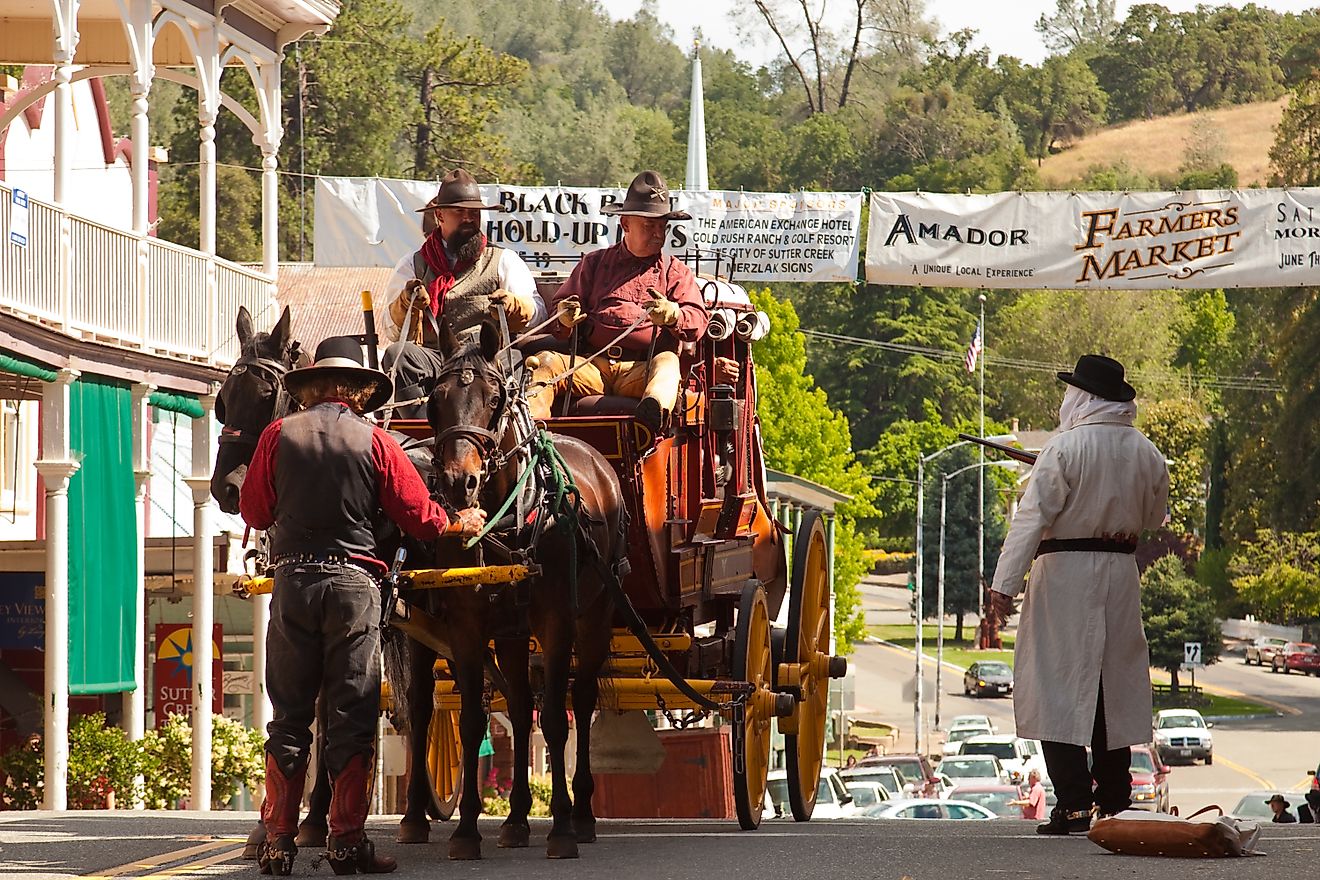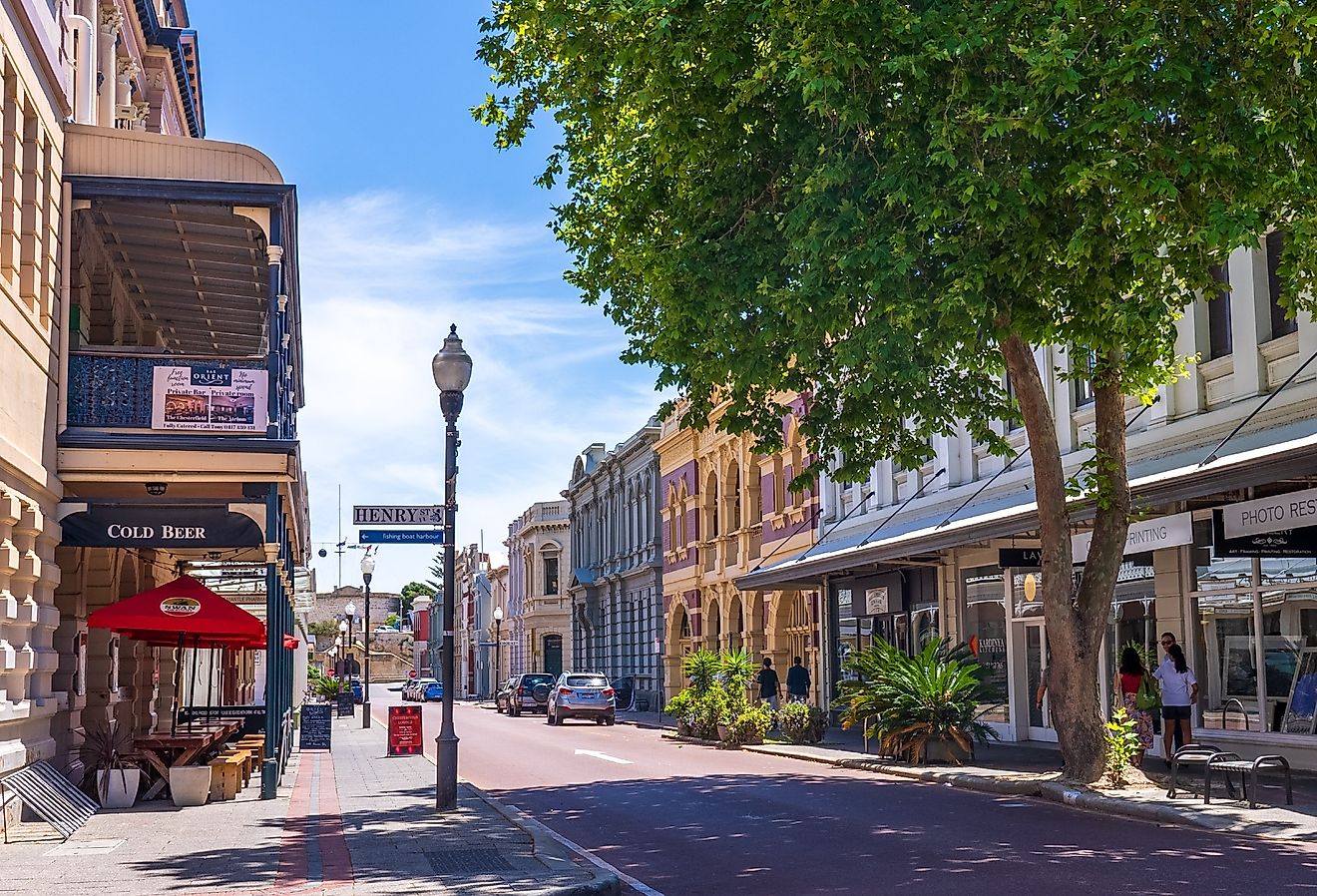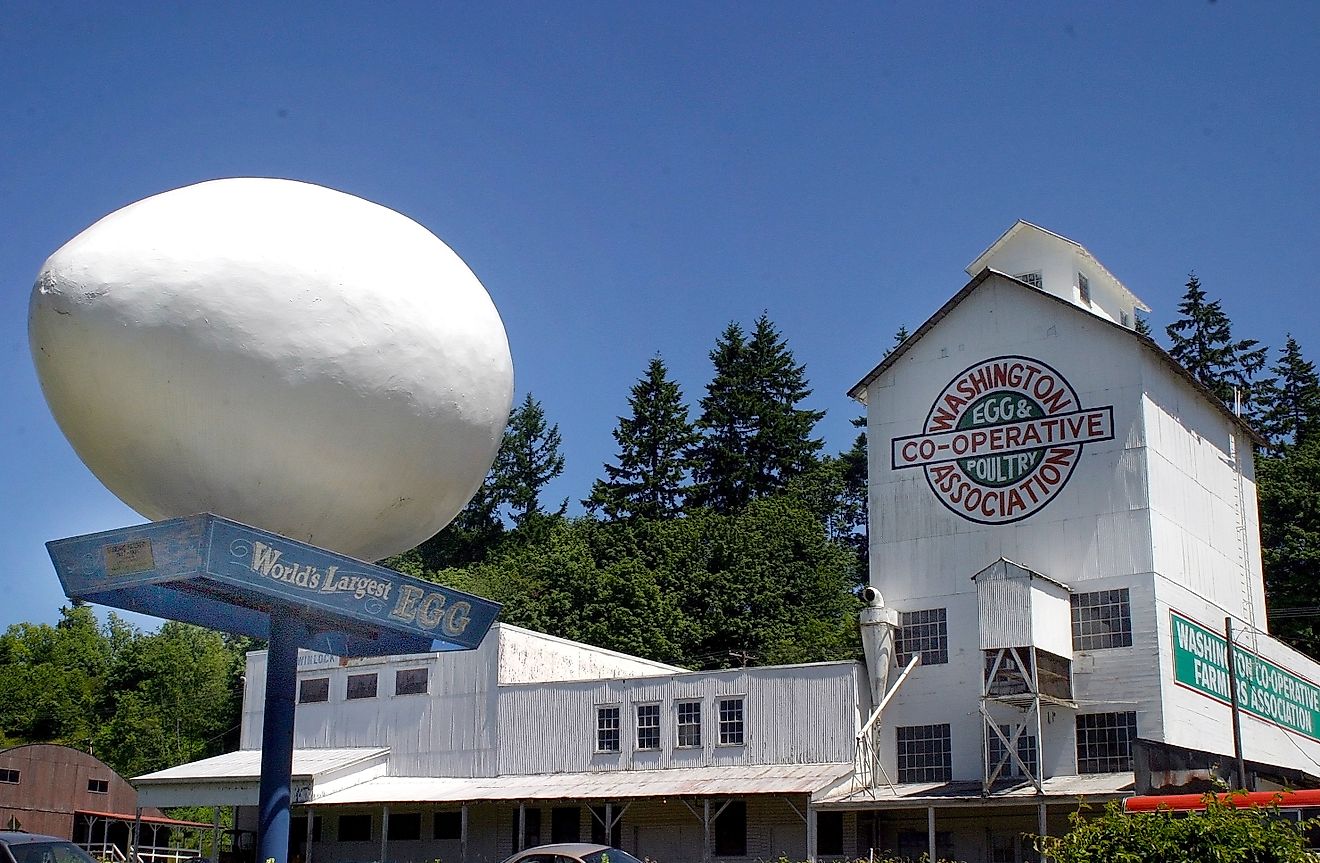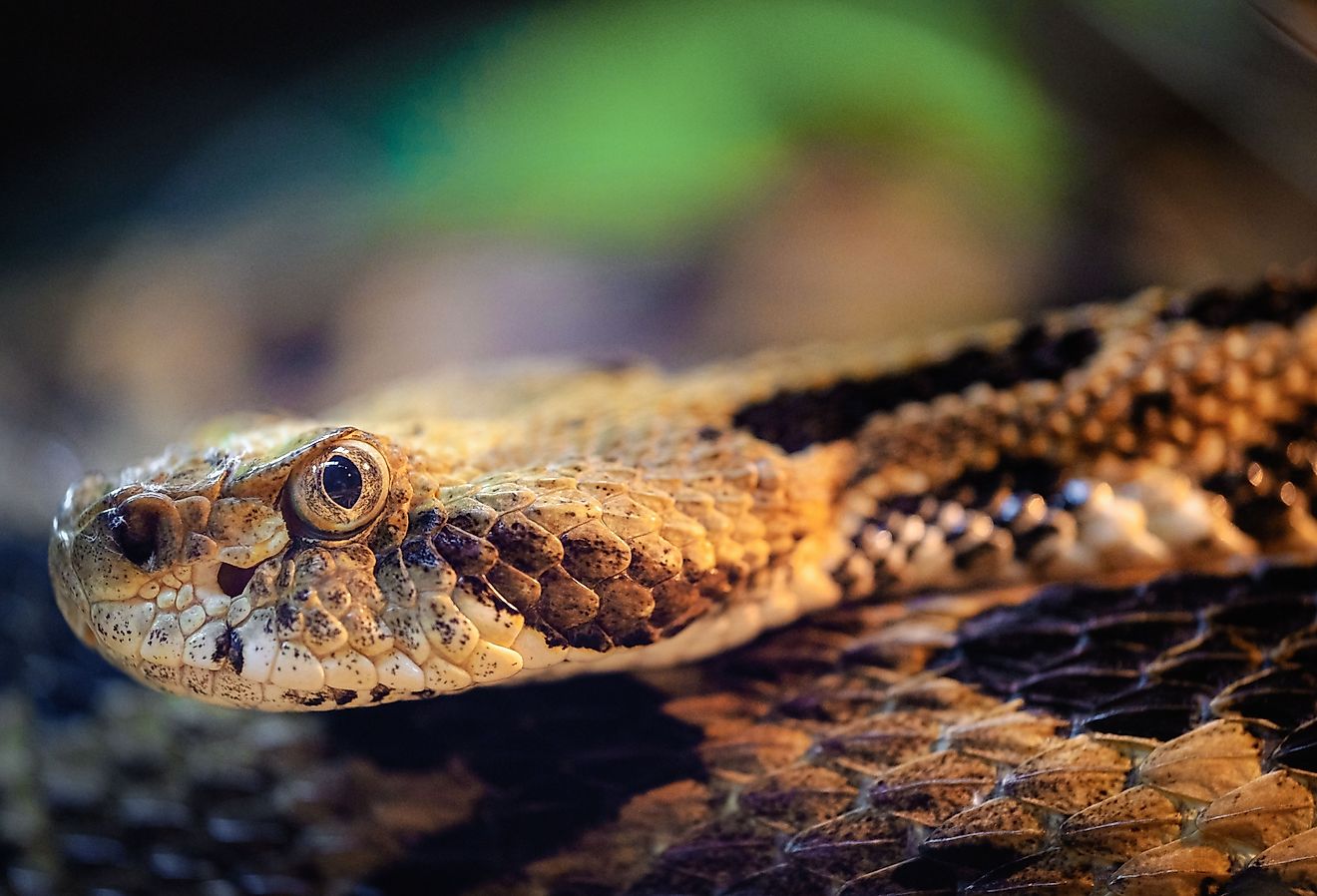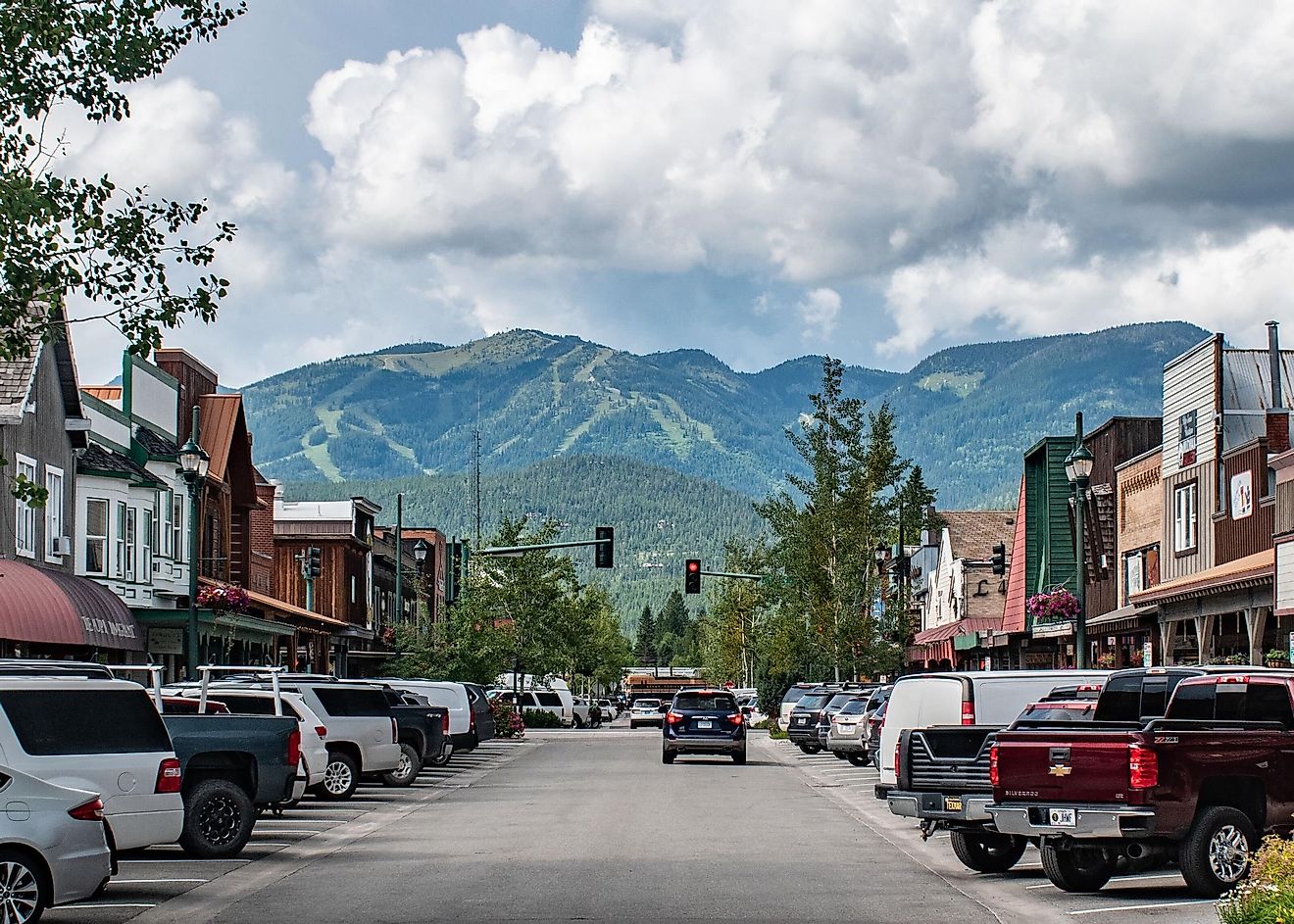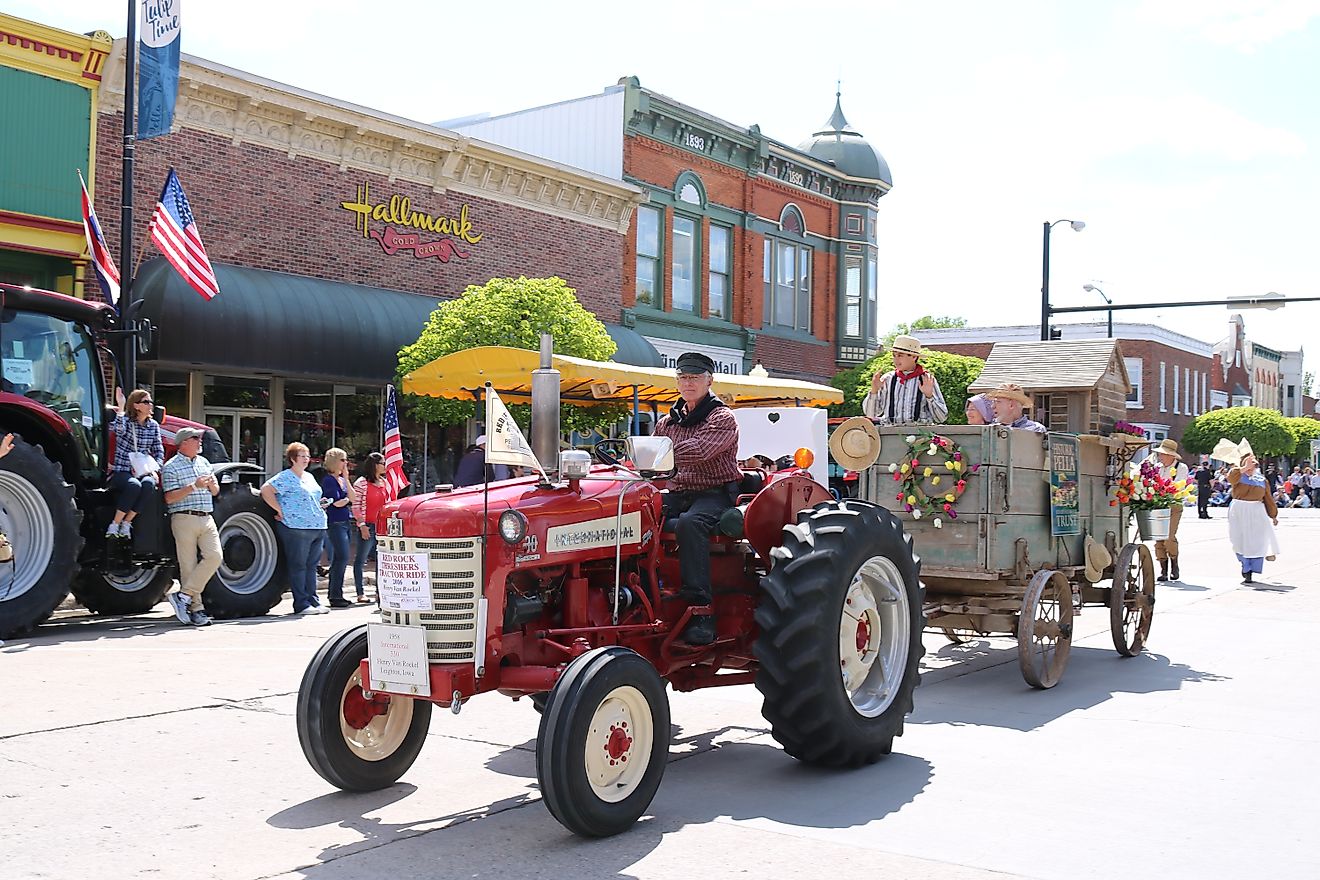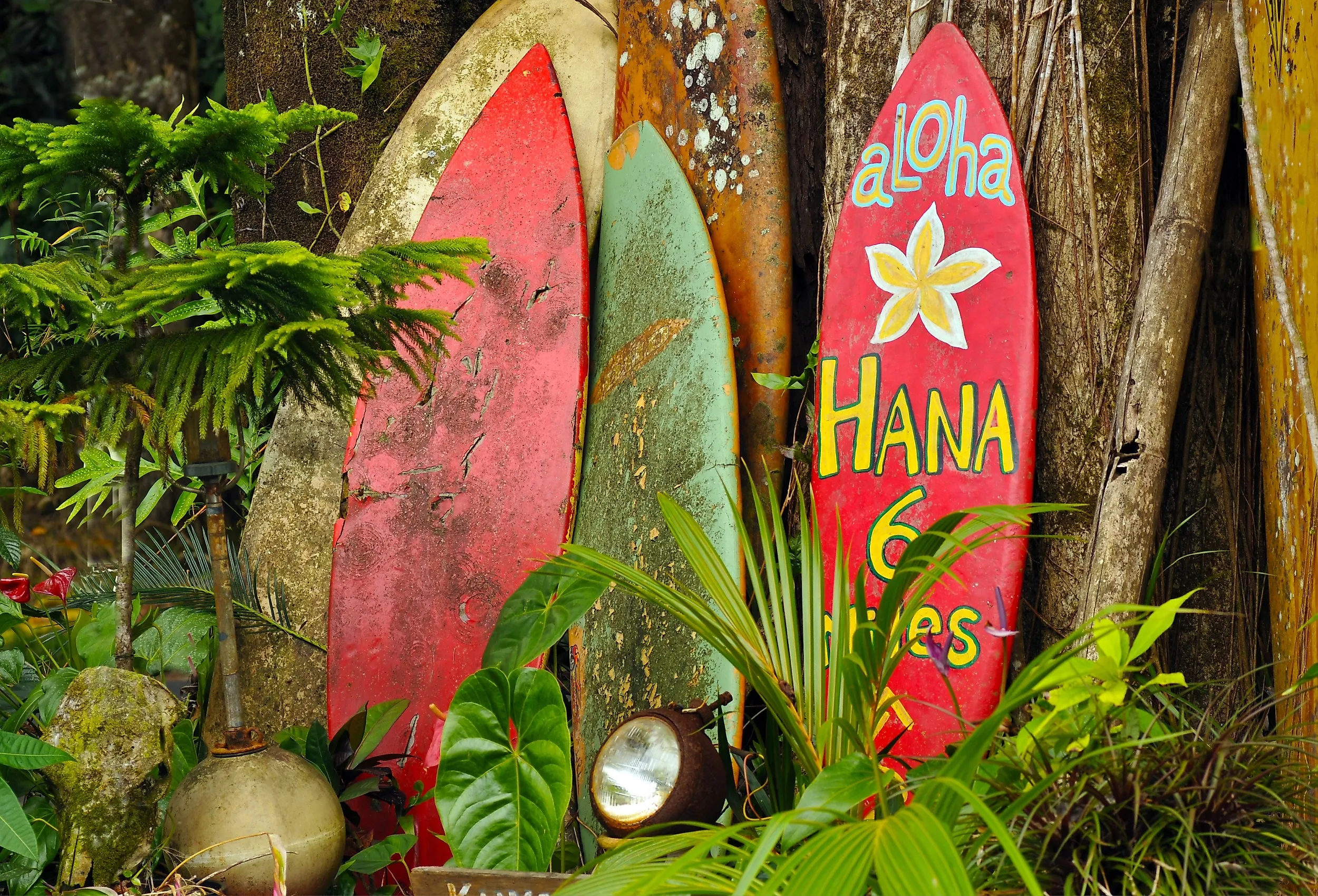
7 Most Scenic Small Towns In Hawaii For Nature Lovers
Hawaii is an incredible tropical paradise that needs no introduction regarding its famous natural beauty. From its snowcapped peaks to its palm tree-lined beaches, it is a surprisingly diverse place when it comes to the landscapes you can discover while visiting. Whether you wish to explore via hiking trails or simply want to stay close to whichever town your accomodation is in, we will explore the best spots in Hawaii for all the nature lovers out there planning their trip. Explore these seven communities spread across the islands, all of which are full of wild and scenic wonders any traveler will enjoy.
Hāna
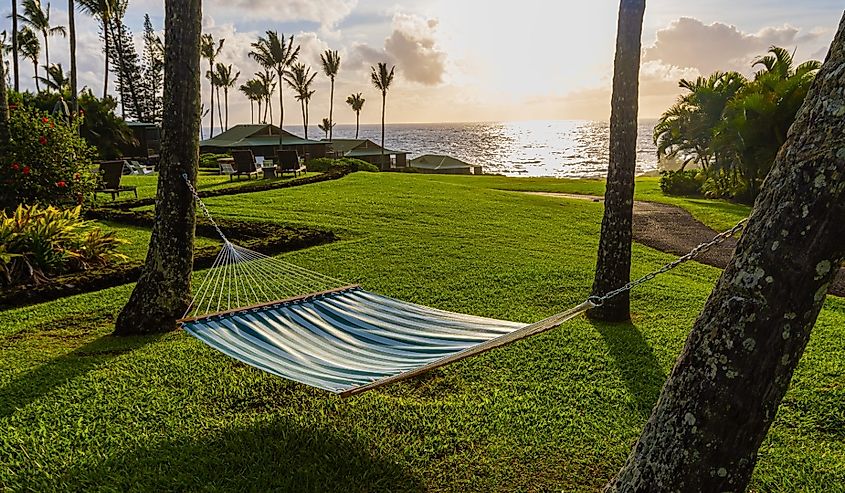
Perched along the eastern coastline of Maui, Hāna is easily one of Hawaii’s most visually striking and unspoiled towns. Its relative isolation, situated on a much less populated corner of the island, is surrounded by jungle, beaches, waterfalls, and other outdoor delights.
Just outside Hāna, Waiʻānapanapa State Park presents some of the island’s most spectacular coastal scenery, including black sand beaches, lava tubes, sea arches, and native hala forests. On the other hand, the Kaihalulu Red Sand Beach stands out with its deeply red sands, colored from the various minerals and rocks that form it. Be sure also to see the nearby Pools of ‘Oheʻo, often called the Seven Sacred Pools, which form a tiered stream system cascading toward the ocean.
Further inland, the Kipahulu District of Haleakalā National Park houses a web of trails through bamboo forests leading to 400-foot Waimoku Falls. Endangered birds, such as the Hawaiian honeycreeper, still inhabit the forests in this park and the surrounding area, along with many other species of flora and fauna that thrive in both the water and the land.
Hāwī
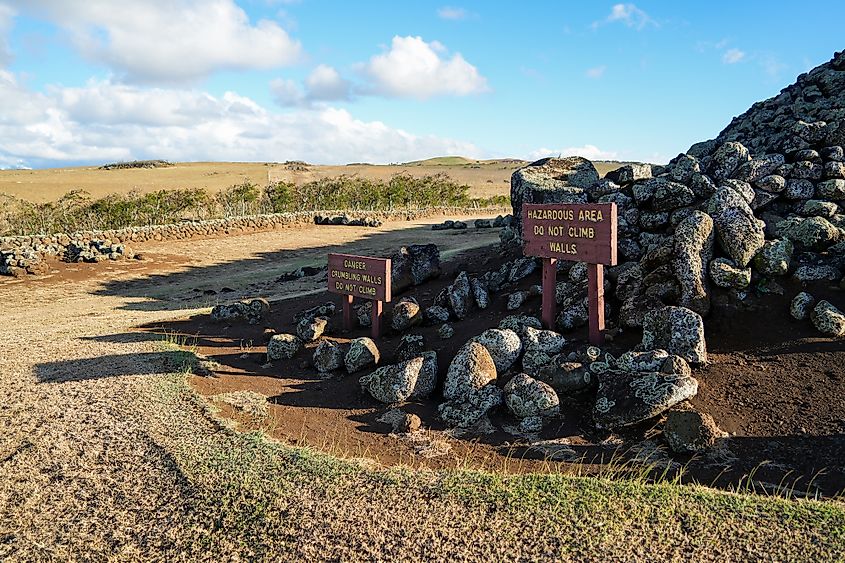
Hāwī is located in North Kohala, the northernmost region of the Big Island. Its landscape is distinctly shaped by the slopes of Kohala volcano, Hawaii’s oldest. This hard-to-miss feature provides the region with rugged terrain, including deep gorges and expansive viewpoints over the Pacific Ocean from certain areas.
The town sits near the Pololū Valley Lookout, where steep cliffs drop into another black sand beach bordered by ironwood trees and pristine freshwater streams. North of town, the Pacific coastline here also features sea cliffs and lava outcroppings formed by centuries of erosion and periodic lava flows.
In the interior, the region supports native dryland forests, including lama and wiliwili trees, along with high-elevation pasturelands, containing some of the most productive ranches in the country. The area receives steady trade winds and frequent rainfall, resulting in a natural mosaic of green ridgelines and valleys that are as beautiful as they are useful for agriculture.
The landscape surrounding Hāwī is also notable for being geologically stable while being geothermally inactive, too, allowing native vegetation to reestablish in areas that once supported sugar plantations. Today, trails along the Kohala Ditch system, originally used for irrigation, cut through the old, lush rainforest and provide access to hidden waterfalls and other beautiful sights.
If you're keen on staying in town, however, feel free to check out the Lokahi Garden Sanctuary, a quaint accommodation with onsite gardens (providing visitors with fresh produce), spas, and staff that can take you on tours of the grounds. It also has some of the best views of the oceanfront, right from its rooms.
Kōkeʻe
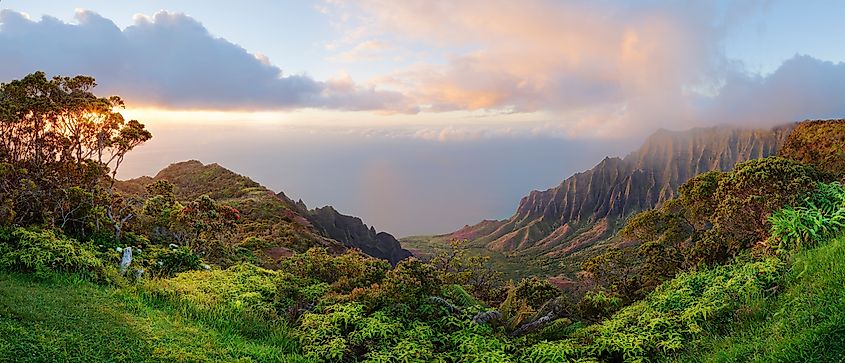
Kōkeʻe is a highland community and a state park, located within Kōkeʻe State Park on Kauaʻi’s northwest plateau, ranging from 3,200 to 4,200 feet above sea level. Its elevation and isolation create a unique environment that not all get to see, defined by untouched, native Hawaiian forests blanketing the foothills. The area receives heavy rainfall, supporting dense growths of eye-catching ʻōhiʻa lehua, koa, and hapuʻu tree ferns.
The main natural landmark here is Waimea Canyon, often called the “Grand Canyon of the Pacific.” This natural wonder of Hawaii stretches 14 miles long, one mile wide, and over 3,600 feet deep, with exposed layers of volcanic rock in red, brown, and green hues that make it a hotspot for landscape photographers. From several accessible overlooks, you can see seasonal waterfalls and eroded side canyons that cut sharply through the terrain.
North of the canyon, the Kalalau Valley Lookout and Puʻu o Kila Lookout give you 360-degree views of the Nāpali Coast, where dramatic cliffs drop thousands of feet into the ocean. Furthermore, trails like the Awaʻawapuhi and Alakaʻi Swamp trails allow direct access to more secluded ridgelines, bogs, and cloud forests.
With all this considered, Kōkeʻe remains one of the most geologically and ecologically distinctive areas in the state, and a must-visit for all kinds of outdoor enthusiasts.
Pāpaʻikou
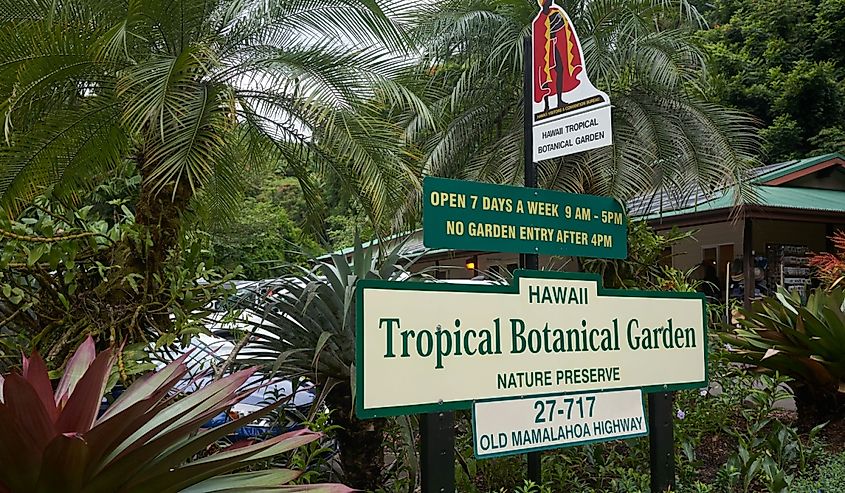
Pāpaʻikou is a small coastal town sitting just north of Hilo along the Hamakua Coast. One of the main natural features near town is the Hawaii Tropical Bioreserve & Garden, which preserves more than 2,000 species of plants across a 40-acre valley. The garden sits on the edge of Onomea Bay, where unique lava formations and tide pools meet with dense forested slopes. Several short trails in the reserve lead through bamboo groves, past waterfalls, and down to the rocky coastline, giving you many options to see the landscape at your own pace.
The area’s steep topography results in continuous freshwater runoff, feeding multiple streams and falls that cut through other local rainforests. Moreover, many marine life is visible from the shoreline, with seasonal sightings of humpback whales offshore.
Kapaʻau
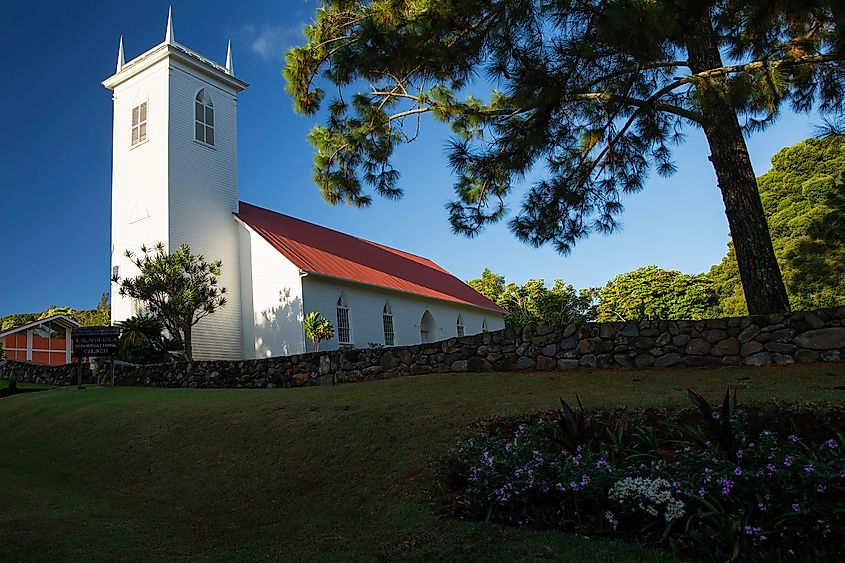
Kapaʻau sits near the northern tip of the Big Island, where volcanic highlands meet the ocean. The town itself is surrounded by remnants of Kohala volcano, which last erupted around 120,000 years ago. This inactive volcano has given rise to the area's valleys, sea cliffs, and fertile uplands. The result is a varied natural setting that provides all who visit with seemingly endless amounts of exploration and activities to partake in in this outstandingly scenic landscape.
Just west of town lies Pololū Valley, a must-visit spot accessible via a steep trail that descends through native forest to a stretch of local beachfront. The valley floor also contains secluded freshwater streams, diverse woodlands, and expanses of ferns enclosed by vertical rock walls over 1,000 feet tall. The region supports native dry and mesic forests with species such as koa, māmane, and ʻiliahi (Hawaiian sandalwood).
For a more elevated experience, literally, the lands just south of Kapaʻau host ridgelines that provide lofty views of the water, the neighboring island of Maui, and Mauna Kea on clear days.
Hanalei
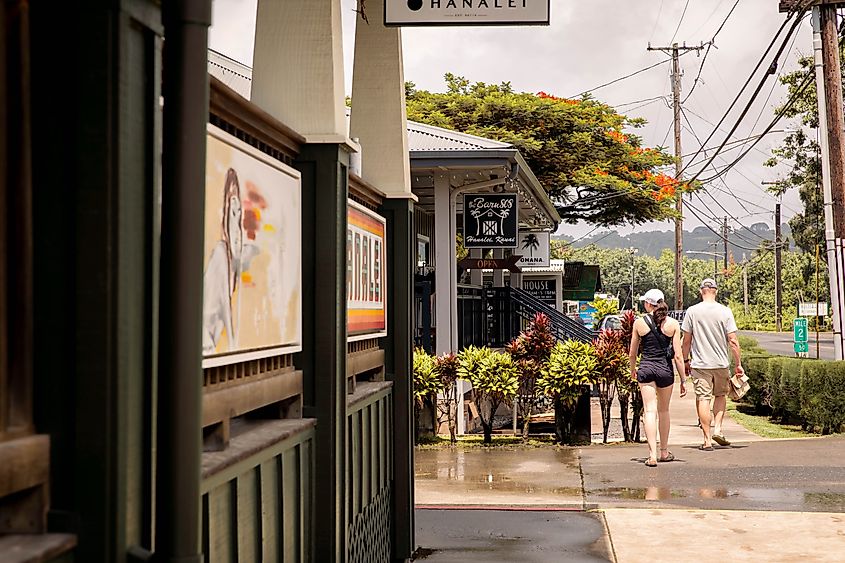
Hanalei rests on the north shore of Kauaʻi, in a low-lying river valley surrounded by steep, eroded cliffs formed from the extinct shield volcano that originally built the island. The town can be found along Hanalei Bay, a two-mile crescent of beach bordered by thick vegetation and backed by the Makana and Namolokama mountains. These ridges collect high volumes of rainfall, feeding continuous waterfalls that descend into the valley below, many of which now make for popular natural landmarks.
The Hanalei River, one of the few navigable rivers in Hawaiʻi, winds through a floodplain lined with taro fields and ecologically important wetlands. These ecosystems are home to native waterbirds such as the aeʻo (Hawaiian stilt) and the ʻalae keʻokeʻo (Hawaiian coot), making it a renowned place for birdwatchers and paddlers alike.
To the west, the road to the Nāpali Coast begins, where the terrain shifts to towering cliffs, sea caves, and trail-accessible beaches. In the water, coral reefs fringe the bay, creating calm, clear waters that support marine biodiversity. Because of this, Hanalei is also a highly sought-after destination for divers.
Volcano
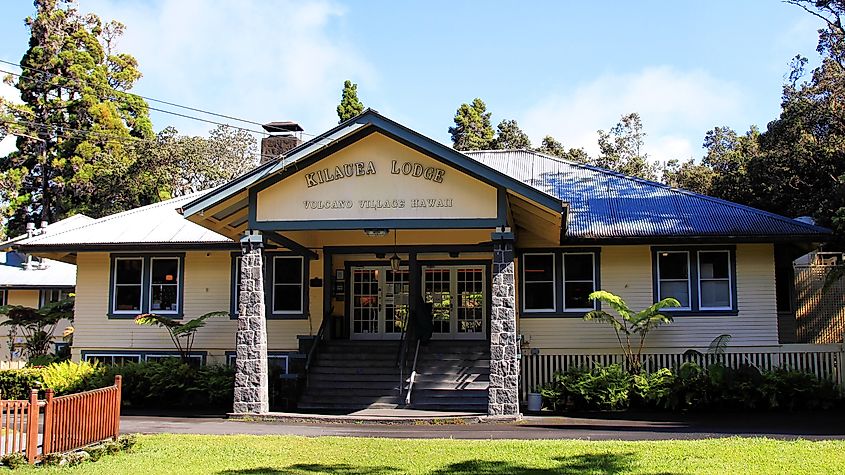
The aptly named Volcano is perched on the southeastern slope of Mauna Loa at an elevation of about 4,000 feet. It sits directly adjacent to Hawaiʻi Volcanoes National Park, providing immediate access to some of the most geologically active and visually dramatic landscapes in the Pacific. As you could imagine, the surrounding terrain includes lava fields, craters, steam vents, and native montane rainforest, with some local trails allowing you to see them up close.
Just a few minutes from town, Kīlauea Caldera forms a massive depression nearly three miles wide. Halemaʻumaʻu Crater, inside the caldera, has been a site of frequent eruptions, creating shifting lava lakes, glowing vents, and sulfur-rich fumaroles. You can view this activity safely from multiple overlooks along Crater Rim Drive. Lava tubes, subterranean channels formed by cooled magma, are common in the area, too, with the Nāhuku (Thurston Lava Tube) being one of the most accessible and famous.
On the other hand, the upland rainforest around Volcano contains native plant species such as hapuʻu tree ferns, ʻōhiʻa lehua, and kōpiko, along with endemic birds like the ʻiʻiwi and ʻapapane.
The combination of active volcanic processes, high-elevation ecosystems, and relatively undisturbed forest makes Volcano one of Hawaiʻi’s bucket-list communities to visit for nature lovers and outdoor adventurers.
Although tempting, it is not recommended to spend your entire trip in Hawaii lounging by a pool! If you don't get out and see the islands' sheer natural beauty for yourself, you'll miss a huge chunk of what makes this Pacific state so special. Whether you are an outdoorsy person or not, there is a plethora of sights for all to experience, from simple beach walks and accessible waterfall viewpoints to strenuous hikes up some of the region's iconic volcanoes. No matter which excursions and attractions you decide to explore, you are sure to experience many scenic views!
